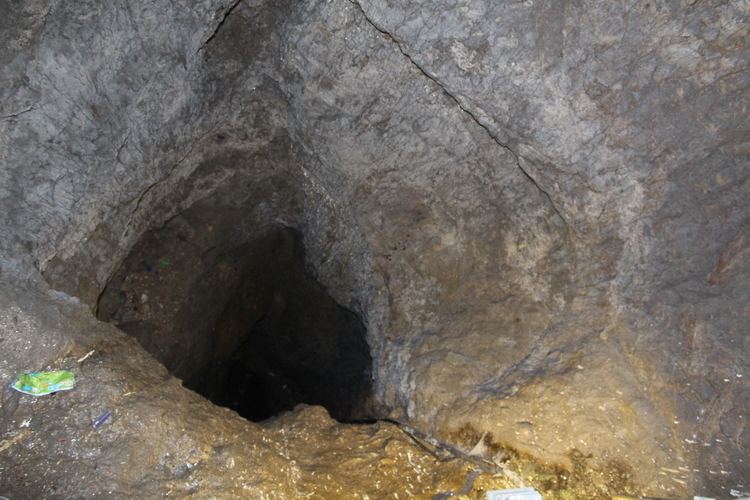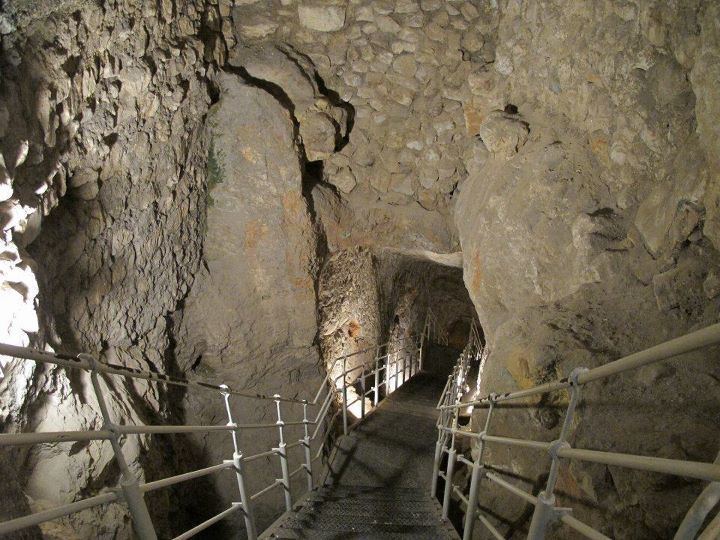 | ||
Warren s shaft and hezekiah s tunnel
Warren's Shaft is an archaeological feature in Jerusalem discovered in 1867 by British engineer Sir Charles Warren (1840–1927). It runs from within the old city to a spot near the Gihon Spring, and after its 19th-century discovery was thought to have been the centrepiece of the city's early water supply system, since it would have enabled the city's occupants to safely reach fresh water in times of siege. In 2005, archeologists discovered the ruins of a pair of walls that would have protected the overland path to the spring prior to the tunnel's construction.
Contents
- Warren s shaft and hezekiah s tunnel
- City of david warren s shaft with tour guide yoni myers
- References
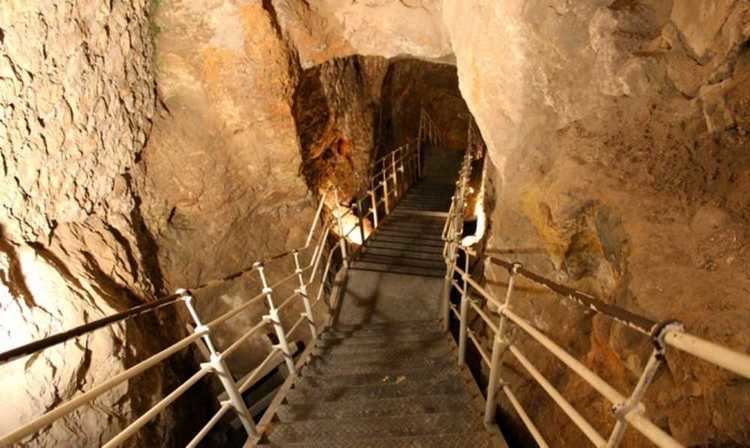
The narrow and tall shaft was demonstrated to be traversable when a member of Warren's excavation climbed from top to base. Since in the Books of Samuel it states that David conquered Jerusalem from its prior inhabitants due to Joab sneaking up a similar water shaft and launching a surprise attack on the city from inside, it was long thought that Warren's shaft was the shaft in question (with the Siloam tunnel having too late a date, and there being no other known candidates).
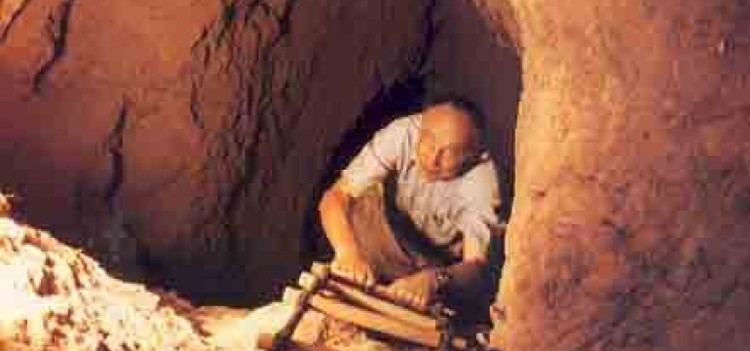
The shaft is composed of four sections in sequence:
According to a number of archaeologists, the shaft is simply a widening of a natural fissure in the rock. The 14 metre high shaft, which has a pool of water at the base, is now not actually thought to have been part of the system. In 1998, while a visitor centre was being constructed, builders discovered that there was an additional passageway, about 2 metres higher and starting from the horizontal curved tunnel, that skirted the 14 metre vertical shaft, and continued to a pool much nearer the Gihon spring. The 14 metre shaft is too narrow, and the pool at its base too shallow, to have been functional, and archaeologists now believe that it is merely a natural fissure that the original excavators happened to breach during their dig towards the other pool. The higher passageway was not originally higher—at some point Warren's shaft was lowered (cutting into a geologically distinct type of rock), and ran into the 14 metre vertical shaft.

The pool reached by the higher passage was protected by a large tower, which was also discovered by the visitor centre builders, and is located outside the former city. The pool connects to the Gihon spring via a narrow channel, and the Gihon was itself protected by a large tower (also recently discovered). The pool itself may have been protected by a second tower, but this is uncertain as excavation of the southern side of the pool has not yet been carried out, since it lies under a current residential area.
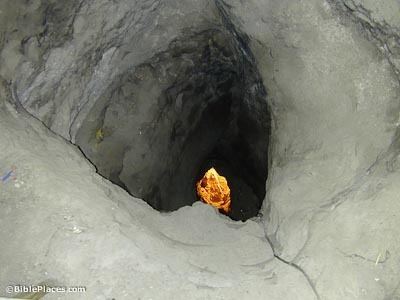
Ceramics found in the tunnels by these more recent archaeological excavations firmly date the Warren's shaft system, and the tower defences, to at least the 18th century BC. This expressly places it as having been developed in the time when Canaanites controlled Jerusalem.
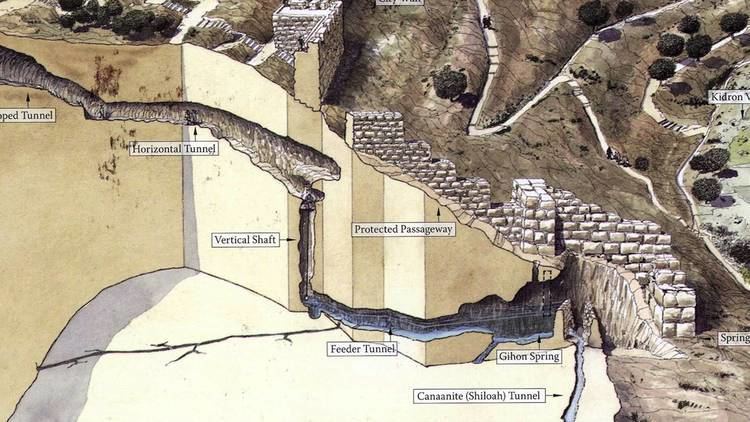
City of david warren s shaft with tour guide yoni myers
